Magneto-inertial fusion concepts, such as the magnetized liner inertial fusion (MagLIF) platform[M. R. Gomez et al., Phys. Rev. Lett. 113, 155003 (2014)], constitute an alternative path for achiev…
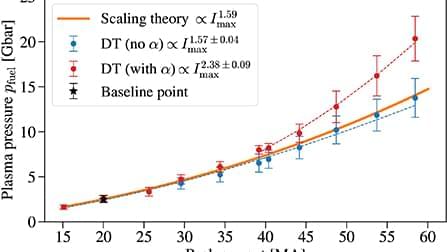

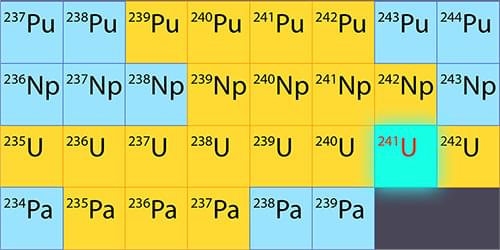

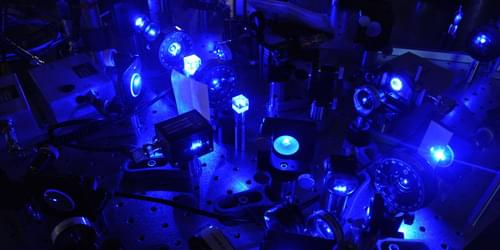
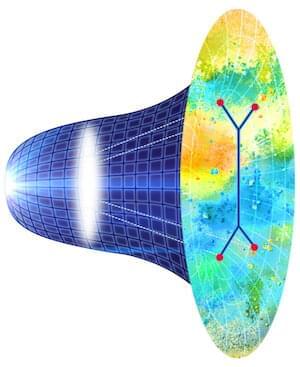
Having more tools helps; having the right tools is better. Utilizing multiple dimensions may simplify difficult problems—not only in science fiction but also in physics—and tie together conflicting theories.
For example, Einstein’s theory of general relativity —which resides in the fabric of space-time warped by planetary or other massive objects—explains how gravity works in most cases. However, the theory breaks down under extreme conditions such as those existing in black holes and cosmic primordial soups.
An approach known as superstring theory could use another dimension to help bridge Einstein’s theory with quantum mechanics, solving many of these problems. But the necessary evidence to support this proposal has been lacking.
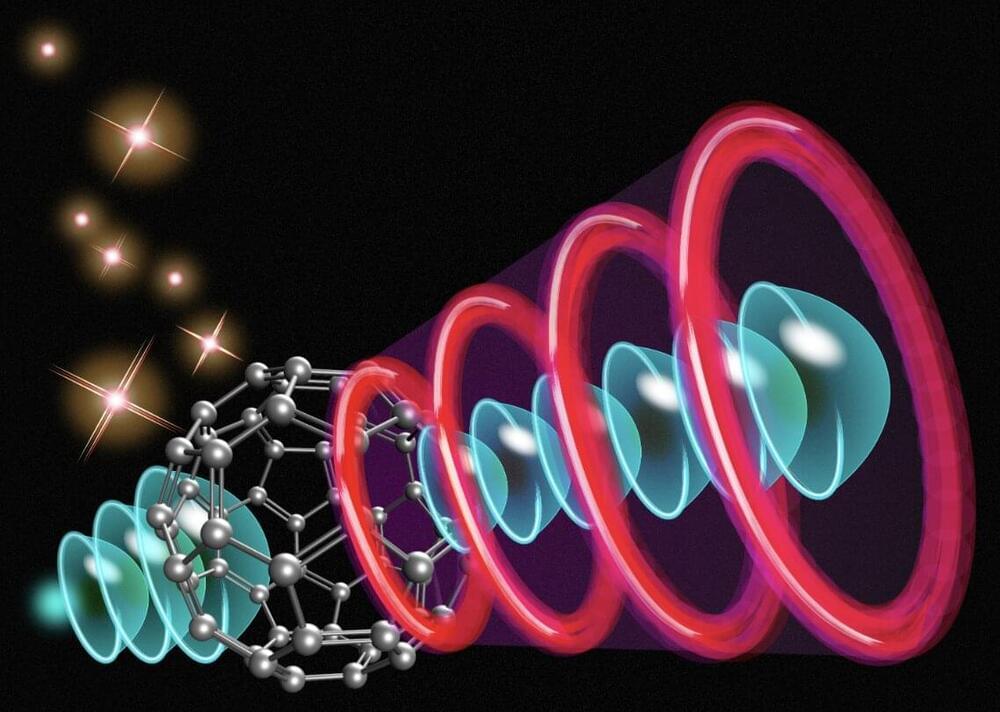
Researchers at University of Tokyo, JTS PRESTO, Ludwig Maximilians Universität and Kindai University recently demonstrated the modulation of an electron source by applying laser light to a single fullerene molecule. Their study, featured in Physical Review Letters, could pave the way for the development of better performing computers and microscopic imaging devices.
“By irradiating a sharp metallic needle with femtosecond pulses, we had previously demonstrated optical control of electron emission sites on a scale of approximately 10 nm,” Hirofumi Yanagisawa, one of the researchers who carried out the study, told Phys.org. “The optical control was achieved using plasmonic effects, but it was technically difficult to miniaturize such an electron source using the same principle. We were seeking a way to miniaturize the electron source and we hit upon the idea of using a single molecule and its molecular orbitals.”
Yanagisawa and his colleagues set out to realize their idea experimentally using electrons emitted from molecules on a sharp metallic needle. However, they were well-aware of the difficulties they would encounter, due to unresolved difficulties associated with the use of electron emissions from molecule-covered needles.
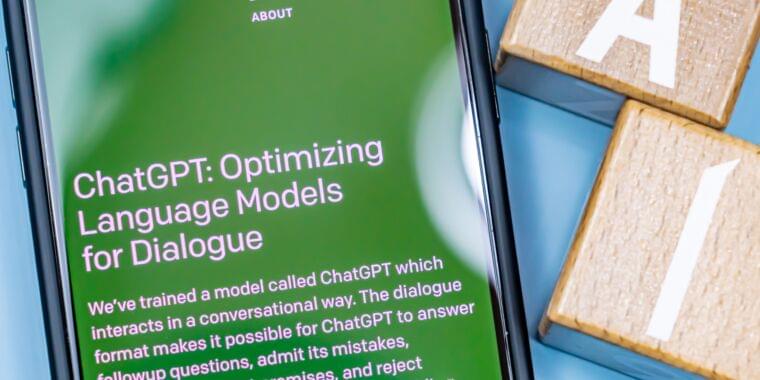
Anti AI / AI ethics clowns now pushing.gov for some criminalization, on cue.
A nonprofit AI research group wants the Federal Trade Commission to investigate OpenAI, Inc. and halt releases of GPT-4.
OpenAI “has released a product GPT-4 for the consumer market that is biased, deceptive, and a risk to privacy and public safety. The outputs cannot be proven or replicated. No independent assessment was undertaken prior to deployment,” said a complaint to the FTC submitted today by the Center for Artificial Intelligence and Digital Policy (CAIDP).
Calling for “independent oversight and evaluation of commercial AI products offered in the United States,” CAIDP asked the FTC to “open an investigation into OpenAI, enjoin further commercial releases of GPT-4, and ensure the establishment of necessary guardrails to protect consumers, businesses, and the commercial marketplace.”


Derek Thompson published an essay in the Atlantic last week that pondered an intriguing question: “When we’re looking at generative AI, what are we actually looking at?” The essay was framed like this: “Narrowly speaking, GPT-4 is a large language model that produces human-inspired content by using transformer technology to predict text. Narrowly speaking, it is an overconfident, and often hallucinatory, auto-complete robot. This is an okay way of describing the technology, if you’re content with a dictionary definition.
He closes his essay with one last analogy, one that really makes you think about the-as-of-yet unforeseen consequences of generative AI technologies — good or bad: Scientists don’t know exactly how or when humans first wrangled fire as a technology, roughly 1 million years ago. But we have a good idea of how fire invented modern humanity … fire softened meat and vegetables, allowing humans to accelerate their calorie consumption. Meanwhile, by scaring off predators, controlled fire allowed humans to sleep on the ground for longer periods of time. The combination of more calories and more REM over the millennia allowed us to grow big, unusually energy-greedy brains with sharpened capacities for memory and prediction. Narrowly, fire made stuff hotter. But it also quite literally expanded our minds … Our ancestors knew that open flame was a feral power, which deserved reverence and even fear. The same technology that made civilization possible also flattened cities.
Thompson concisely passes judgment about what he thinks generative AI will do to us in his final sentence: I think this technology will expand our minds. And I think it will burn us.
Thompson’s essay inadvertently but quite poetically illustrates why it’s so difficult to predict events and consequences too far into the future. Scientists and philosophers have studied the process of how knowledge is expanded from a current state to novel directions of thought and knowledge.
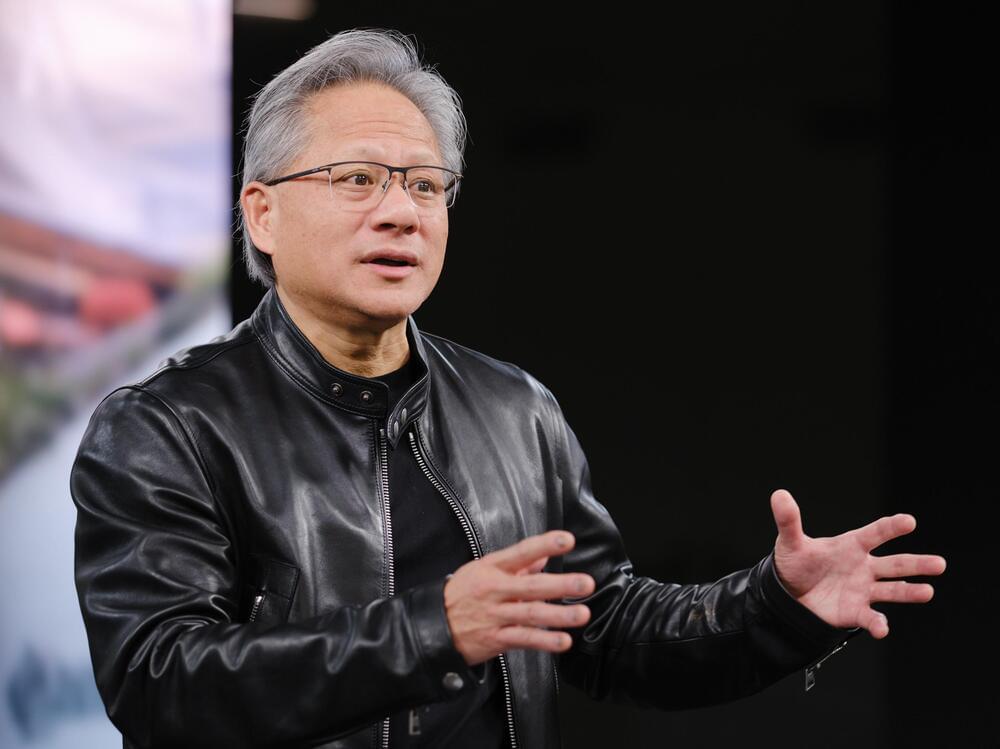
This year’s NVIDIA GPU Technology Conference (GTC) could not have come at a more auspicious time for the company. The hottest topic in technology today is the Artificial Intelligence (AI) behind ChatGPT, other related Large Language Models (LLMs), and their applications for generative AI applications. Underlying all this new AI technology are NVIDIA GPUs. NVIDIA’s CEO Jensen Huang doubled down on support for LLMs and the future of generative AI based on it. He’s calling it “the iPhone moment for AI.” Using LLMs, AI computers can learn the languages of people, programs, images, or chemistry. Using the large knowledge base and based on a query, they can create new, unique works: this is generative AI.
Jumbo sized LLM’s are taking this capability to new levels, specifically the latest GPT 4.0, which was introduced just prior to GTC. Training these complex models takes thousands of GPUs, and then applying these models to specific problems require more GPUs as well for inference. Nvidia’s latest Hopper GPU, the H100, is known for training, but the GPU can also be divided into multiple instances (up to 7), which Nvidia calls MIG (Multi-Instance GPU), to allow multiple inference models to be run on the GPU. It’s in this inference mode that the GPU transforms queries into new outputs, using trained LLMs.
Nvidia is using its leadership position to build new business opportunities by being a full-stack supplier of AI, including chips, software, accelerator cards, systems, and even services. The company is opening up its services business in areas such as biology, for example. The company’s pricing might be based on use time, or it could be based on the value of the end product built with its services.